Deploying a Laravel + React Application to FortRabbit Using DeployHQ
Build robust deployment pipelines for modern apps. Learn to deploy Laravel and React apps to FortRabbit using DeployHQ for efficient and reliable releases.

DeployHQ is a code deployment platform designed to help you get files from Git, Mercurial & Subversion repositories onto your servers using SFTP, FTP, S3, Digital Ocean and more!
An insight into the way we run the infrastructure that runs all our services, or news about the DevOps world
Displaying posts 13 - 24 of 55 in total
Build robust deployment pipelines for modern apps. Learn to deploy Laravel and React apps to FortRabbit using DeployHQ for efficient and reliable releases.
Deploy containerized apps to AWS ECS/EKS with DeployHQ's Shell Servers. Learn how to set up and deploy with our step-by-step guide.
Feature flags: Control application features without deployments. Learn how toggling flags enhances flexibility and improves your release process.
Automate your deployments with build scripts. Learn how to create and implement them effectively with DeployHQ for a streamlined deployment workflow.
This detailed guide will walk you through the complete process of deploying Odoo 18.0 on Ubuntu Server 20.04 LTS with Nginx and PostgreSQL, using DeployHQ.
Deployment scripts: Automate deployments with DeployHQ. Learn how to streamline workflows and reduce errors for efficient and reliable releases.
DeployHQ vs. Ploi.io: Compare these powerful server management and deployment platforms to make an informed decision for your web development projects.
Choose the right infrastructure for Django. Discover how Hetzner and DeployHQ's cloud-based platform make deployments easier and more manageable.
Git auto deployment: Pros and cons. Learn when to automate code changes from Git to production and assess potential risks for your development workflow.
Empower your DevOps teams with DeployHQ Log Intelligence. Our AI-powered tool simplifies log analysis and streamlines troubleshooting for faster resolutions.
What is GitOps? Learn how this emerging strategy builds upon DevOps to improve feedback and shared responsibility in modern organizations.
Instead of storing large files directly, use Git LFS. Learn how this extension uses text pointers to store large file contents on a remote server.